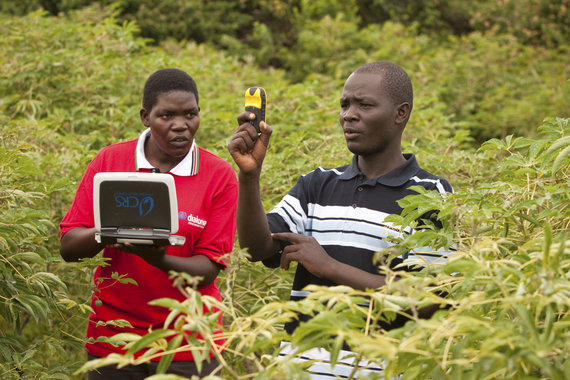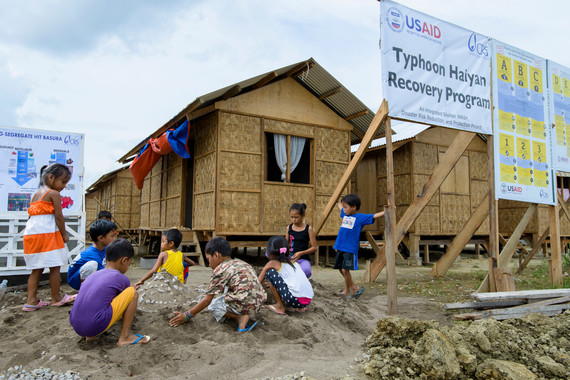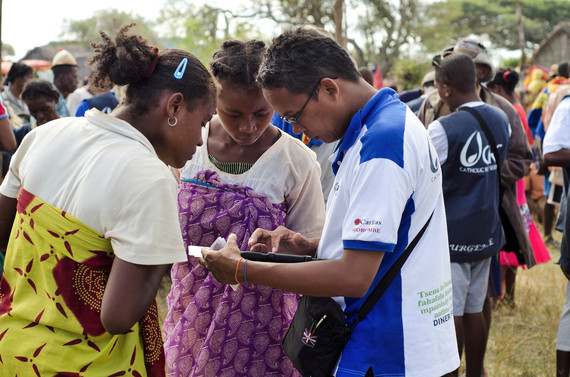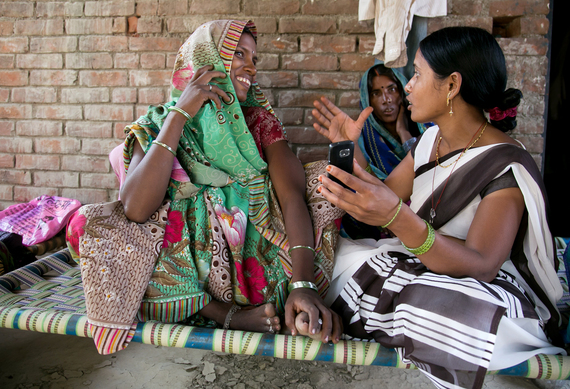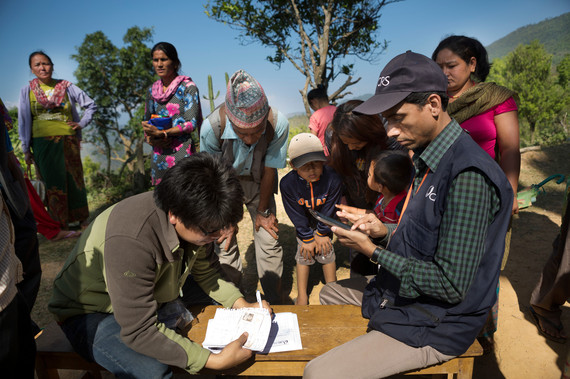By now, the phenomenon of Pokemon Go has gone global. Armed with smartphones and real-time data, people from Egypt to England are catching as many Pokemon characters as they can while navigating an augmented reality gaming environment that puts players very much in the real world. However gamers aren't the only ones to benefit from such new innovations in technology. In fact, similar improvements in technology and communications are helping some of the poorest and most vulnerable people worldwide. Here are five ways that the technology and ideas behind Pokemon Go are helping one international humanitarian organization--Catholic Relief Services-- better serve those in need.
1. Mobile technology in conflict and crises
Just like players of Pokemon Go, most people throughout the developing world have access to a mobile phone. And as it turns out, mobile technology is one of the most effective ways to reach displaced populations during times of crises. For example, since 2014, large swaths of Iraq have been taken over by ISIS, meaning that millions of people have been forced from their homes. To respond to the needs of so many on the move, Catholic Relief Services (CRS) used mobile phones and iPads to track, target, and register people for life-saving food assistance. Similar technology has allowed CRS to respond to many other crises worldwide.
2. Mapping technology
The makers behind Pokemon Go certainly know how to take advantage of the most up-to-date mapping technology to engage players. Similarly, humanitarian actors are using the latest mapping technologies to assist people in difficult or unknown terrain. When typhoon Haiyan hit the Philippines in 2013, CRS turned what were then hand-drawn maps into high-quality, digital maps so that responders could identify key infrastructures, evacuation centers, and potential hazards in the affected areas. These digital maps were then stored online. The new maps have become an important tool for the local governments in preparing for future disasters.
3. Creative thinking and problem solving
Pokemon Go gives players a new worldview by taking them into a new environment, melding the real world with the gaming world. Similarly, technology has given humanitarian organizations a new prism to view the world, helping them come up with new solutions to old problems. In Madagascar, to combat malnutrition and hunger, CRS was providing food to women and children who had to walk long distances to make it to the various food distribution sites. Many could not afford to lose this valuable time, so they didn't collect the food. To increase the attendance at the distributions, CRS used a geographic mapping tool to understand and measure spatial data while analyzing patterns. Households and distribution sites were plotted out, which enabled the recommendation of new sites to ensure that the women walked less. The result was a 30 percent increase in the number of people receiving life-saving food assistance while cutting the average walking time in half.
4. Improving mental health and physical well-being
Pokemon Go gets players moving by having them explore new spaces and places to catch characters, potentially contributing to improved health. Similarly, CRS is using technology to improve the health of those living in developing countries. In India, CRS implements a project that uses a mobile phone app that links health workers in remote, rural areas with medical professionals in regional health centers, ensuring that mothers and children living in rural areas have access to more support, health education, and quality care. Because the app is culturally appropriate, effective for low-literacy users, and is accompanied by a trusted community health worker, it has had a measurable impact on maternal and child health.
5. Uniting people all over the world
Despite our differences and distances, new technologies--gaming or otherwise-- can help build community through a common purpose and shared identity. CRS works in more than 100 countries worldwide, touching the lives of millions of people. Utilizing the power of technology--from social media to smartphones--CRS can engage Americans with the overseas work so that the organization can continue to serve those most in need.

